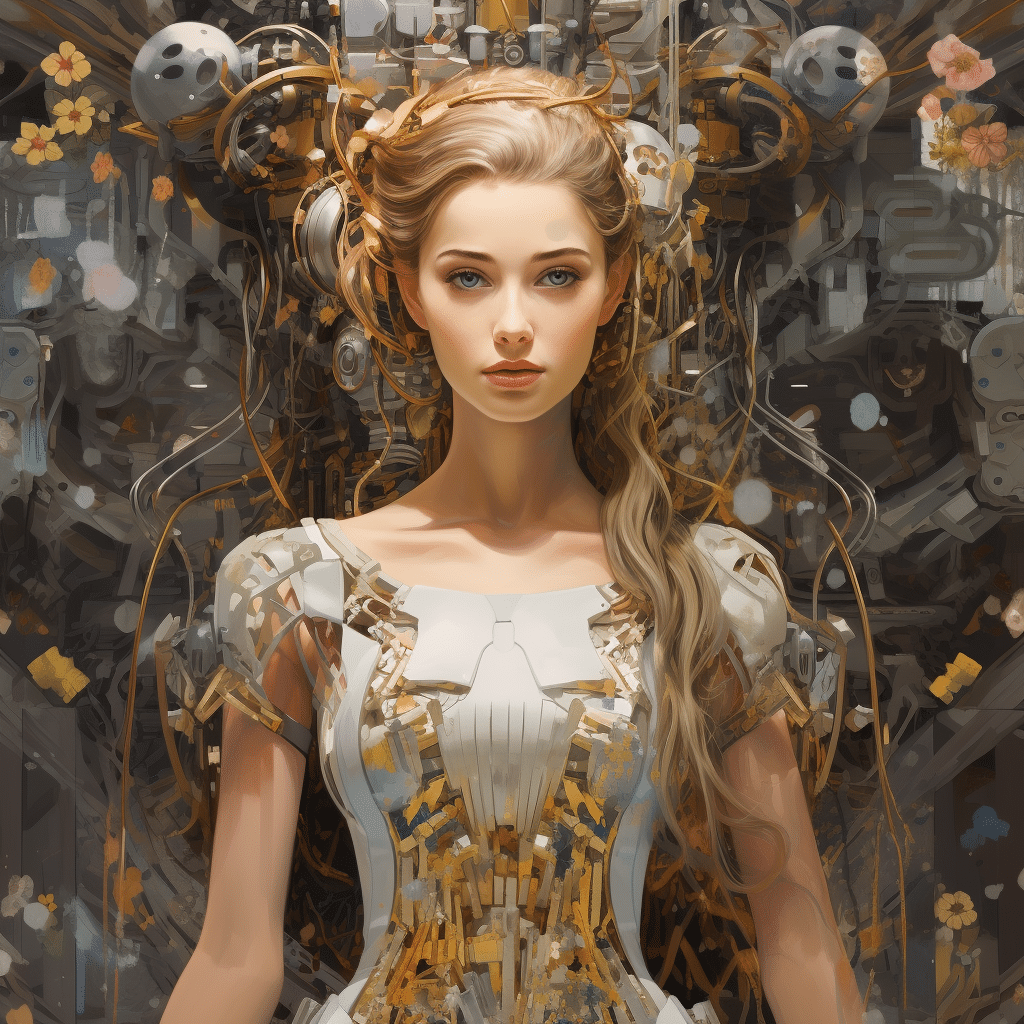
The Promise of AI-Generated Art: Creativity or Imitation?
AI-generated art, Artificial Intelligence (AI) has been dominating conversations in various realms of society. From autonomous vehicles to virtual assistants, AI is revolutionizing various industries. One area where AI’s potential has sparked curiosity and debate is in the field of art. Can an algorithm truly create art? Does AI imitate or innovate?
The Rise of AI-Generated Art
AI-generated art utilizes machine learning algorithms capable of analyzing vast amounts of data to recognize patterns and generate new artistic creations. These algorithms are trained on extensive databases of art, studying techniques, styles, and themes. With time, they develop their own understanding of aesthetics, enabling them to produce original works of art.
The Creative Process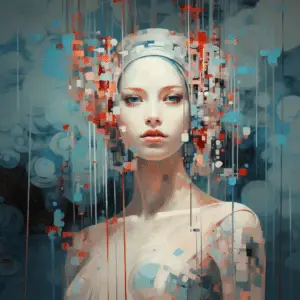
AI-powered machines follow a unique creative process. When generating art, they take inspiration from existing artworks but reinterpret them through their own computational lens. This approach creates a fusion of human influence and machine learning capabilities, resulting in artwork that reflects both imitation and creativity.
Blurring the Boundaries
The novelty of AI-generated art lies in its ability to blur the boundaries between human and machine. These algorithms can produce artwork in styles reminiscent of famous artists such as Van Gogh or Picasso. They can also create entirely new styles that push the limits of human imagination. Some skeptics argue that this ability to imitate diminishes the significance of AI-generated art, while proponents argue that it opens doors to new possibilities and collaborations.
Expanding Artists’ Horizons
AI-generated art has the potential to revolutionize the art world by providing new tools and avenues for artistic expression. Artists can utilize AI algorithms as creative partners, exploring unique styles and techniques they may not have considered before. This collaboration between artist and machine can amplify the artist’s ideas and intentions, leading to groundbreaking creations that may not have been possible without AI.
Final Thoughts
AI-generated art showcases the immense potential of combining human creativity with machine learning algorithms. Whether AI imitates or innovates is a subject of ongoing debate, but there is no denying that AI has introduced captivating possibilities in the realm of art. The future of AI-generated art offers exciting prospects for artists, audiences, and the exploration of artistic boundaries.
Art has always been a reflection of the human spirit, and AI-generated art now adds a touch of computational genius to that ever-evolving expression.
To what extent does AI-generated art rely on imitation rather than genuine creativity
AI-generated art relies on imitation to a significant extent. While AI algorithms can generate impressive drawings, paintings, music, or even poetry, they are still based on patterns and styles learned from existing works created by humans. These algorithms analyze vast amounts of data and learn to imitate the specific style, techniques, and characteristics of famous artists or genres.
AI models like deep learning neural networks can generate highly realistic imitations, mimicking the brushstrokes, color palettes, or musical compositions of well-known artists. However, true creativity often involves pushing boundaries, expressing personal emotions, and inventing entirely new styles or techniques. AI algorithms, by their very nature, lack personal experiences, emotions, and the ability to think conceptually outside of the data they have been trained on.
AI-generated art
AI-generated art is generally a combination of human input and machine learning. Artists or programmers often train AI algorithms using existing human-created artworks as a reference, teaching the system to replicate those styles. The AI then generates new pieces based on that learned knowledge. Thus, the AI’s creativity is constrained by the data it has seen during training, making it more of an imitator rather than a genuinely creative entity capable of original thought.
However, some believe AI systems can still generate unique and original products. Artists may use multiple styles, synthesize new elements, or create surprising combinations that humans may not have made. AI innovation relies on imitation and blending previous ideas, even in these circumstances.
In conclusion, AI-generated art heavily relies on imitation rather than genuine creativity. While it can imitate and replicate styles with astonishing accuracy, it lacks the depth, emotions, and originality that human artists bring to their creations. AI’s contributions to art should be seen more as a tool or collaborator rather than a replacement for human creativity.
What are the ethical implications of AI-generated art imitating human creativity?
There are several ethical implications of AI-generated art imitating human creativity that need to be considered:
1. Attribution and ownership:
AI-generated art blurs the lines between human and machine creativity. Determining who should be attributed as the creator and who owns the rights becomes complex. Should it be the AI programmer, the AI system itself, or neither?
2. Plagiarism and originality:
AI algorithms can analyze vast amounts of existing human-created artworks and generate new pieces based on that knowledge. This raises questions about the originality and authenticity of AI-generated art. Is it merely a form of imitation or can it truly be considered creative expression?
3. Impact on human artists:
If AI-generated art gains popularity and recognition, it can have economic and psychological implications for human artists. They may face increased competition and devaluation of their work. Additionally, being compared to AI-generated art can diminish the perception of uniqueness and artistic merit for human artists.
4. Cultural and artistic authenticity:
AI-generated art may lack the cultural, emotional, and contextual understanding that human artists bring to their creations. It may not possess the same depth, meaning, or ability to provoke thought as human art, potentially leading to a loss of cultural diversity and richness.
5. Bias and discrimination:
AI algorithms are trained on existing data, which may contain biases and discriminatory patterns. This can be unintentionally perpetuated and magnified in AI-generated art, reinforcing societal biases or promoting discriminatory content.
6. Job displacement:
AI-generated art could potentially replace human artists in various creative fields, leading to job displacement and economic disruption in the art industry. This raises questions about supporting and compensating human artists in an AI-dominated creative landscape.
7. Consent and data usage:
Generating AI art often requires training on vast datasets, including potentially copyrighted or personal images. Ensuring proper consent and ethical use of data becomes vital to avoid privacy violations and infringement issues.
It is crucial to address these ethical implications to strike a balance between leveraging AI for creative purposes and preserving the integrity, diversity, and livelihoods of human artists.
Can AI truly replicate the emotional and subjective aspects of human art?
As of now, AI still faces limitations in replicating the emotional and subjective aspects of human art. While AI algorithms can analyze patterns and generate content based on certain parameters, the ability to truly comprehend and express emotions in art remains a challenge.
Human art stems from the complex experiences, thoughts, and emotions of an individual. It involves personal expression, interpretation, and the ability to evoke emotional responses in others. These aspects are deeply rooted in the human experience and are influenced by cultural, societal, and personal contexts. AI, lacking the same human experiences and emotions, doesn’t possess the same depth of understanding.
Nevertheless, AI has the potential to aid and inspire human artists by generating ideas, providing tools for creativity, or even assisting in certain aspects of creation. AI can also analyze vast amounts of artistic data and generate new variations or combinations, but it may lack the intuitive and authentic emotional elements that make human art so unique.
While AI can create art that may visually resemble human-created art, it often lacks the emotional depth and subjective meaning behind it. Therefore, AI is currently seen as a tool for artists rather than a true replicator of the emotional and subjective aspects of human art.
How does AI-generated art challenge traditional notions of creativity?
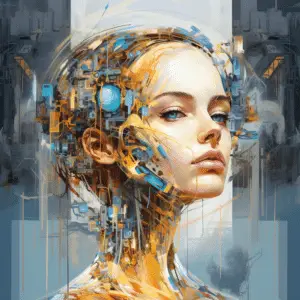
AI-generated art challenges traditional notions of creativity in several ways:
1. Source of creativity:
AI-generated art blurs the line between human creativity and machine output. Traditional notions of creativity often revolve around the idea that creativity is a uniquely human attribute. However, AI algorithms are capable of creating original and novel artworks without human intervention, raising questions about the nature and source of creativity.
2. Lack of intentionality:
Traditional notions of creativity often associate it with conscious intentionality, where artists create with a specific purpose or message in mind. AI-generated art, on the other hand, lacks intentionality as it does not possess emotions, experiences, or a purpose for creating art. This challenges the idea that art needs a human expression of intention to be considered creative.
3. End of the “genius” artist:
AI-generated art challenges the romanticized notion of a solitary, genius artist by highlighting the collaborative aspect between human creators and algorithms. Artists who engage with AI algorithms see themselves as collaborators, working alongside the technology to create something new. This challenges the traditional view of the artist as the sole creative force behind their artwork.
4. Reproduction vs. originality:
AI algorithms can analyze existing artworks and generate new pieces that imitate the styles of renowned artists. This challenges the traditional notion that creativity is primarily about producing original and unique works. AI’s ability to recreate and mimic existing styles raises questions about the value and authenticity of a piece of art.
5. Evolution of artistic processes:
AI-generated art introduces new tools, techniques, and processes that traditional artists may not have previously considered. The algorithms can generate new ideas, explore unconventional approaches, and offer fresh insights. This challenges artists to expand their creativity and embrace the possibilities provided by AI.
Overall, AI-generated art challenges the traditional notions of creativity by questioning the role of human intentionality, the source of creativity, the concept of the genius artist, the relationship between reproduction and originality, and the evolution of artistic processes. It opens up a new realm of possibilities and opens a dialogue about the nature of creativity itself.

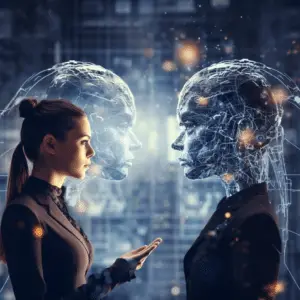

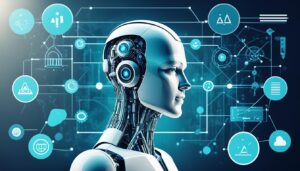
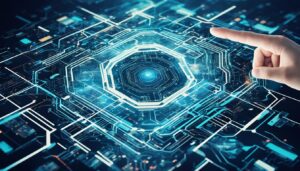
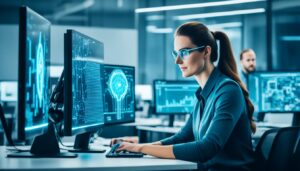
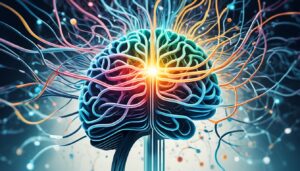

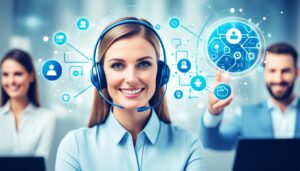
Can you be more specific about the content of your article? After reading it, I still have some doubts. Hope you can help me.